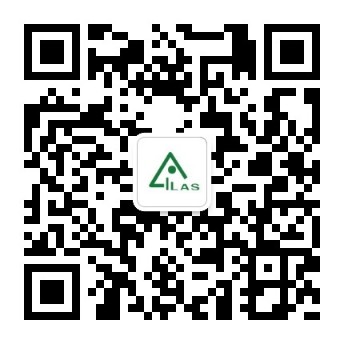Journal of Infectious Diseases-The Novel Avian-Origin Human A (H7N9) Influenza Virus Could be Transmitted between Ferrets via Respiratory Droplets
我所秦川教授课题组科技攻关H7N9有新成果,使用雪貂制作的感染H7N9雪貂模型,发现病毒可以在雪貂之间通过呼吸道飞沫传播。
The Novel Avian-Origin Human A (H7N9) Influenza Virus Could be Transmitted between Ferrets via Respiratory DropletsLili Xu1,†, Linlin Bao1,†, Wei Deng1,†,Libo Dong2,†, Hua Zhu1, Ting Chen1, Qi Lv1,
Fengdi Li1, Jing Yuan1, Zhiguang Xiang1, Kai Gao1, Yanfeng Xu1, Lan Huang1,
Yanhong Li1, Jiangning, Liu1, Yanfeng Yao1, Pin Yu1, Xiyan Li2, Weijuan Huang2,
Xiang Zhao2, Yu Lan2, Junfeng Guo2, Weidong Yong1, Qiang Wei1, Honglin Chen3,
Lianfeng Zhang1, and Chuan Qin1,*
Abstract
The outbreak of human infections caused by the novel avian-origin H7N9 subtype
influenza viruses in China since March 2013 underscores the need to better understand
the pathogenicityand transmissibility of these viruses in mammals.In a ferret model, the
H7N9 influenza virus was found to be less pathogenic than a H5N1 virus but was
comparable withthe 2009 pandemic H1N1 virus, based on the clinical signs, mortality,
virus dissemination, and histopathological analyses. The H7N9 virus could replicate in
the upper and lower respiratory tract, heart, liver, and olfactory bulb. It is worth noting
that the H7N9 virus exhibited low level of transmission between ferrets via respiratory
droplets. There were four mutations in the virus isolated from the contact ferret which
were D678Y in PB2, R157K in HA(H3 numbering), I109T in NP, and T10I in NA. These
data emphasized that the avian-origin H7N9 subtype influenza virus has the ability to
transmit between mammals, highlighting the potential of human-to-human
transmissibility.

 WeChat
WeChat